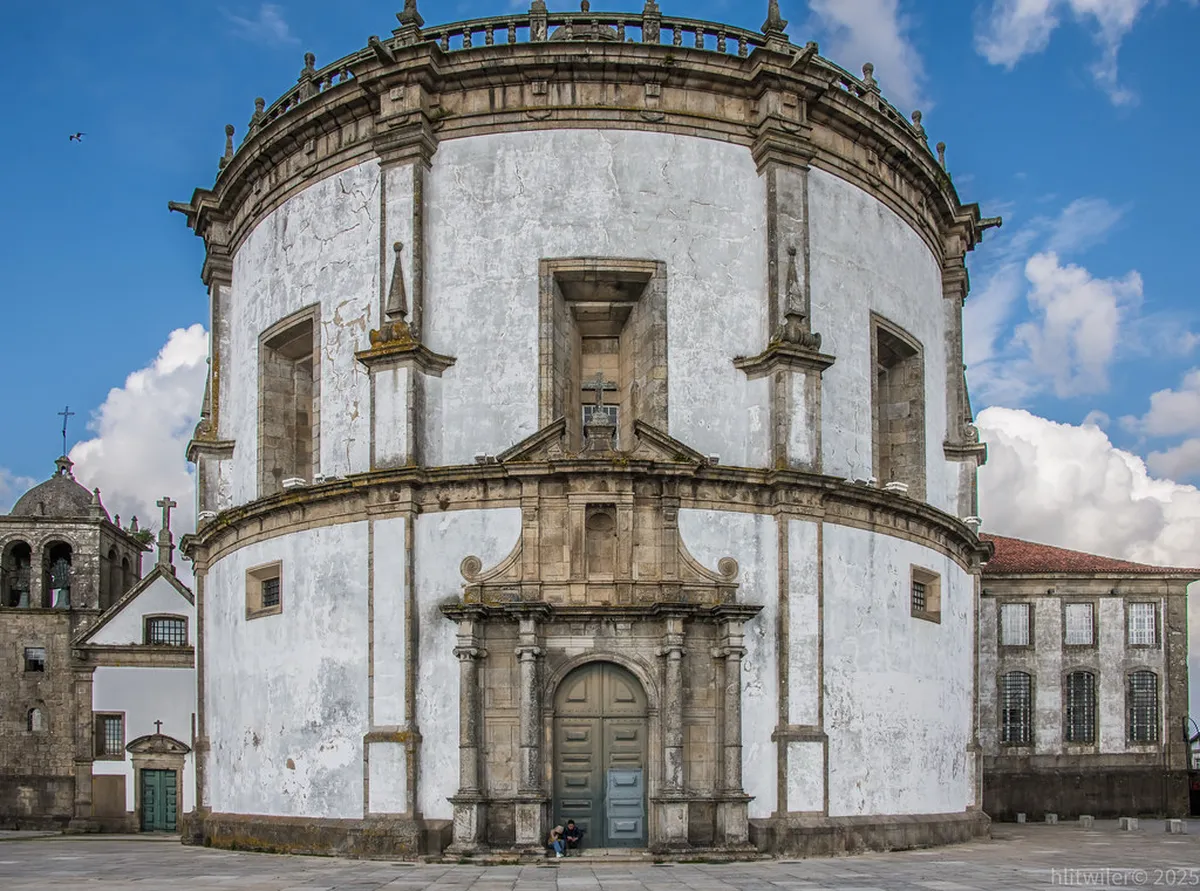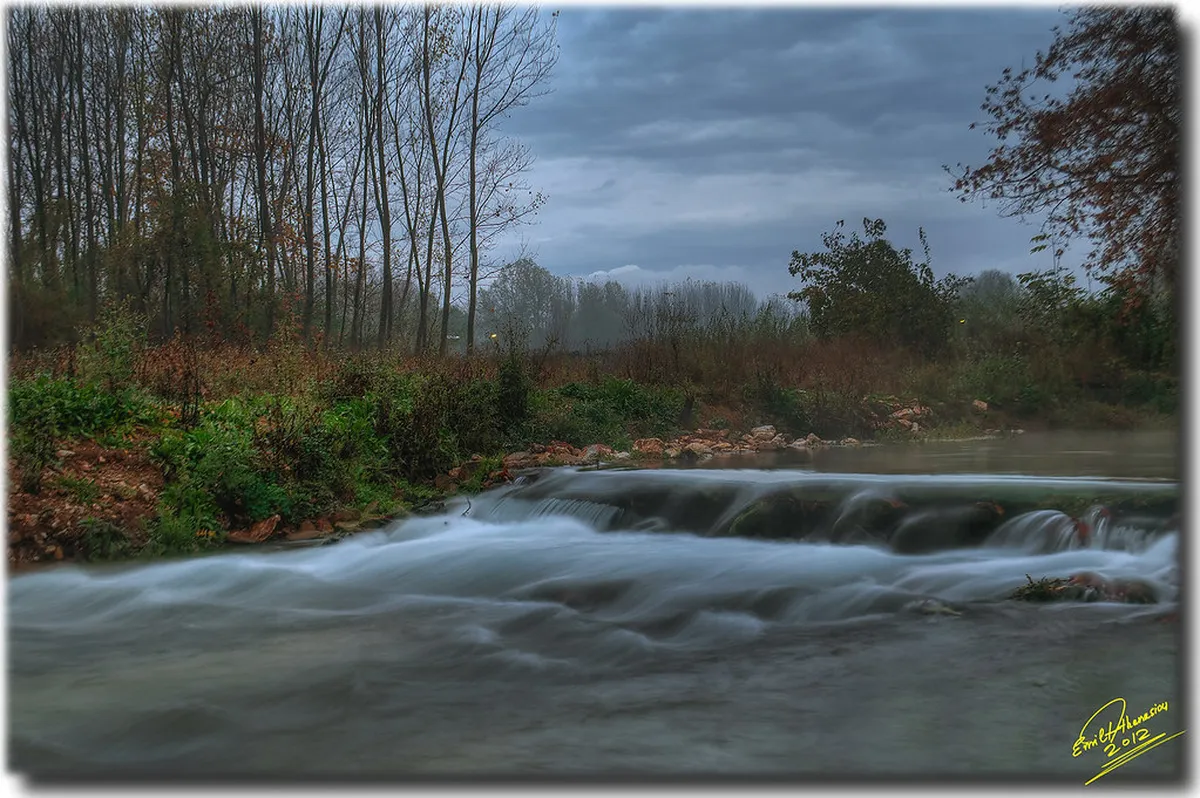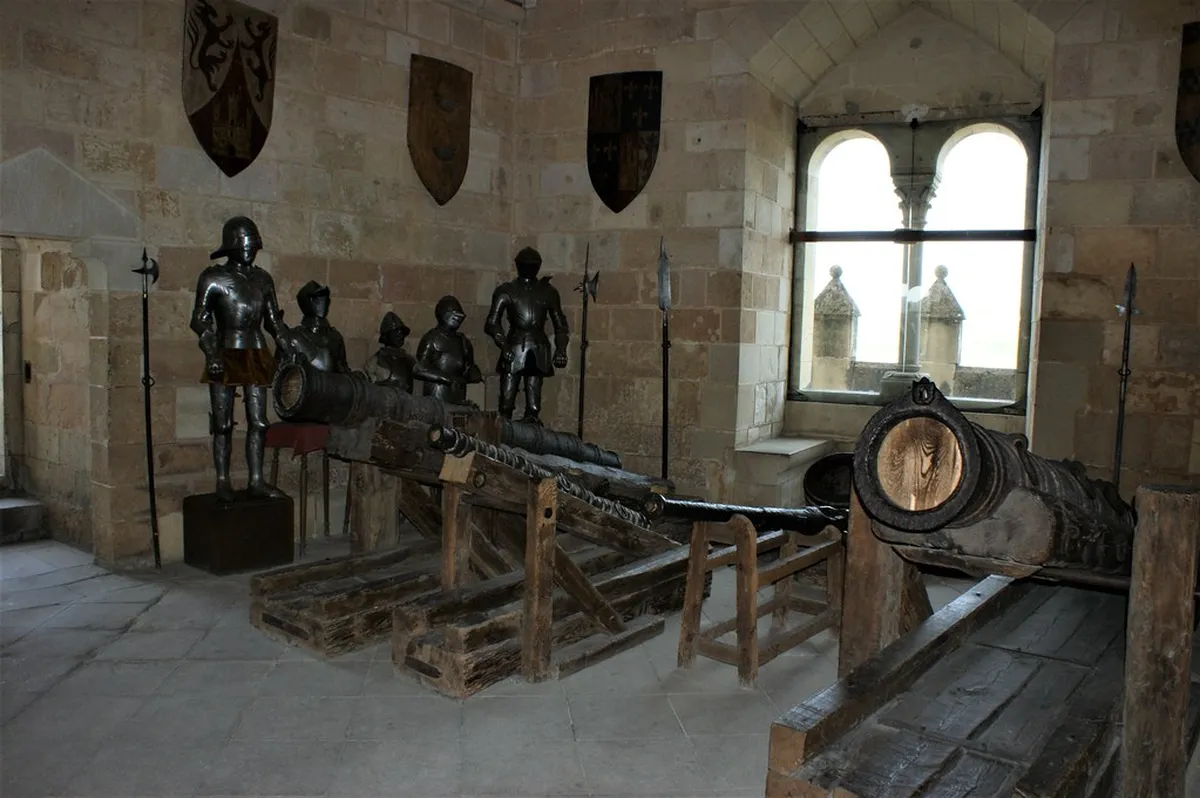Unveiling Peso da Régua: Fascinating History Facts
Peso da Régua sits proudly at the very heart of the beautiful Douro Valley. This charming Portuguese city boasts a profoundly rich and compelling past. Delve into Peso da Régua history facts to truly understand its immense significance. It is deeply connected to the centuries-old tradition of port wine production. Its story is woven into the terraced vineyards.
This comprehensive guide will meticulously explore the city's ancient origins. We will trace its vital and evolving role in the global wine trade. Discover precisely why Régua remains an absolutely essential, must-visit destination for keen history buffs and wine enthusiasts alike. Consider our detailed Peso da Régua itinerary for first-timers to enhance your historical journey. You can also easily find out the best time to visit Peso da Régua for optimal weather and events.
The Birth of a Wine Capital: Early Roots
Plan this trip faster with our free online itinerary maker. Get a personalized day-by-day plan in minutes.
Peso da Régua’s intriguing history stretches back across many centuries. Evidence suggests early Roman settlements thrived here long ago. These settlers quickly recognized the fertile lands of the majestic Douro River. They began to cultivate grapes for local consumption. This marked the very beginning of the region's viticultural journey.
Archaeological findings strongly support these ancient claims. Excavations have revealed tools and structures from early periods. This evidence confirms that viticulture existed here early on. The region's unique microclimate and schist soils naturally fostered grape growing. This invaluable early work laid the essential groundwork for its future global wine fame.
The city's strategic geographical location also played a key role. It served as a natural and accessible river port. Goods and people moved with relative ease along the Douro waterway. This positioned Régua as an important trade center from very early times. It was a vital link between the interior and the coast.
Life by the river profoundly shaped the local culture and economy. Fishing and diverse agriculture flourished alongside the emerging winemaking. These enduring traditions continue to influence the city's character. Visitors can still experience them authentically in 2025. Explore more about Douro boat tours from Régua to experience the river's historical importance. Also, discover the top things to do in Peso da Régua, many with historical links.
Early settlers also built simple fortifications. These protected the valuable trade routes. The river brought both prosperity and challenges. Understanding these early days helps appreciate Peso da Régua's development. This foundation set the stage for its later significance. Learn more about its ancient foundations here. You can also discover the best restaurants in Peso da Régua that offer traditional flavors.
Peso da Régua and the Douro Wine Region Demarcation
The 18th century marked an absolutely pivotal era for Peso da Régua. Port wine gained immense and widespread popularity, especially in England. This escalating demand led to a significant increase in production. However, it also brought concerns regarding quality control and authenticity.
In 1756, the visionary Marquis of Pombal took decisive action. He formally created the Douro Demarcated Region. This historic declaration established the world's very first regulated wine region. Crucially, Peso da Régua sat right at its strategic heart, overseeing the process.
This groundbreaking demarcation established strict and comprehensive rules. It precisely defined specific grape-growing areas within the valley. Rigorous quality standards were meticulously put into place. This protected the authenticity and reputation of genuine port wine. These vital regulations are still immensely important for Peso da Régua wine tasting experiences today.
The city specifically became the designated inspection point for all wine barrels. These precious barrels traveled downriver to Vila Nova de Gaia. The customs house located here managed all aspects of the trade. This role profoundly solidified Régua's enduring title as the "capital of the Douro." The history of trade is palpable in the city.
This historic decision fundamentally shaped the entire region forever. It secured the Douro's prestigious reputation on a worldwide scale. Visitors can gain deeper insights at the excellent Douro Museum. This institution magnificently celebrates this rich, unparalleled wine heritage. It officially opened its doors in 2004, offering modern exhibits. Find out more about Peso da Régua attractions related to this fascinating history. You might also want to explore Peso da Régua day trips to nearby vineyards.
A Hub of Commerce: River Transport and Railways
For many long centuries, the majestic Douro River served as the region's main highway. Traditional wooden Rabelo boats were specifically designed to transport wine barrels. They bravely sailed from the various quintas down to the coastal city. This arduous journey was often perilous but absolutely essential for trade.
Peso da Régua consistently served as a truly crucial stopping point. Here, wine was carefully gathered, meticulously checked, and often re-barreled. Other valuable goods were loaded and unloaded with great precision. It genuinely was a bustling and vibrant commercial center, vital to the regional economy.
The revolutionary arrival of the railway profoundly transformed transportation methods. The Douro railway line officially opened in the late 19th century. This new system dramatically improved both efficiency and safety. It connected the rugged interior to the coast with unprecedented speed. The historic station building itself holds considerable historical significance.
This critical new infrastructure significantly boosted the local economy. It made the international export of wine much faster and simpler. People and a greater variety of goods moved with far greater ease and speed. The advanced railway system profoundly impacted the entire region's development. Learn about how to reach Peso da Régua using modern transport options. Consider getting around Peso da Régua by exploring local footpaths or hiring a car for further exploration.
Today, visitors can still vividly experience the railway's enduring charm. Scenic train rides offer absolutely stunning panoramic views. They diligently follow the historic route along the river's edge. This strong connection to its industrial past remains a major draw. It offers a unique perspective on the city's historical evolution. Special vintage trains operate during peak seasons.
UNESCO Recognition and Modern Legacy
The Douro Valley’s breathtaking landscape earned well-deserved global recognition. In 2001, UNESCO officially declared it a World Heritage site. This celebrated its utterly unique cultural and natural landscape. The designation honors centuries of human labor and ingenious adaptation. It also protects the traditional way of life.
This prestigious status highlights the region's profound historical significance. It specifically protects the iconic terraced vineyards and charming traditional quintas. Peso da Régua is an absolutely integral part of this invaluable heritage. The city naturally serves as a welcoming gateway to the wider region. It invites exploration of its historical depths.
Today, Peso da Régua enthusiastically embraces its rich heritage. It skillfully combines historical preservation efforts with modern tourism. Visitors consistently flock here to explore its world-renowned wine culture. The city offers many excellent Peso da Régua wine tasting opportunities. These help you appreciate the historical context of each sip.
The magnificent Douro Museum stands as a powerful testament to this legacy. It expertly educates visitors on the region's complex history. Exhibitions vividly detail viticulture, the Rabelo boats, and port wine production. It is an absolute must-visit for understanding Peso da Régua history facts in detail. Allow at least two hours for your visit. Entry fees are typically around €6 in 2025.
In 2025, the city brilliantly thrives as a premier tourist destination. It consistently offers authentic and deeply enriching experiences. Guests can readily enjoy relaxing river cruises and immersive vineyard tours. Its rich history continues to draw fascinated visitors worldwide. You might want to consider where to stay in Peso da Régua for convenient access to all these sites. For a deeper dive, explore local Peso da Régua day trips to historical estates.
Frequently Asked Questions
What makes Peso da Régua historically important for port wine?
Peso da Régua holds immense historical importance for port wine production. It served as the central hub for the Douro Demarcated Region. This region was the world's first officially regulated wine area. The visionary Marquis of Pombal formally established it way back in 1756. This crucial act ensured the consistent quality and authenticity of true port wine. It protected the region's unique heritage. Visit the many excellent wineries in Peso da Régua for a firsthand experience of this legacy.
How did Peso da Régua get its name?
The name "Peso da Régua" itself beautifully reflects its historical purpose and function. "Peso" literally means 'weight' or 'measuring' in Portuguese. "Régua" refers to a 'rule' or 'measure.' This combination clearly points to its historic role. It was the designated place for accurately measuring and weighing various goods. Specifically, port wine barrels were rigorously assessed here. This meticulous process happened before their onward shipment downriver. It ensured fair trade practices and consistent volumes within the crucial port wine industry. The city's name is a direct link to its commercial past.
Can you visit historical sites related to Peso da Régua's wine history?
Absolutely, many significant historical sites eagerly await visitors in 2025. The acclaimed Douro Museum is a prime example of such a site. It brilliantly details the entire region's viticulture and historical wine trade past. The meticulously preserved historic railway station also offers insightful glimpses into the past. You can also visibly see remnants of the old river docks. These were once bustling with Rabelo boats. Consider following our detailed Peso da Régua itinerary for a full, immersive historical tour. Explore Peso da Régua attractions for more historical gems and detailed location information.
Peso da Régua truly offers a captivating and enriching journey through time. Its profound and enduring connection to port wine is simply undeniable. From its ancient Roman roots to its modern UNESCO recognition, its history continually enthralls. Experience the magnificent legacy of this vital Douro city in 2025. Its past shapes its present.
Plan your unforgettable visit soon to explore these fascinating Peso da Régua history facts. Discover the charming local culture and stunning Douro landscapes firsthand. Check our detailed guide on Peso da Régua travel budget for practical planning tips. You might also want to explore Peso da Régua day trips to extend your historical exploration. Start your incredible adventure in the very heart of the Douro today!
Key Takeaways
- Peso da Régua is the historic heart of the Douro Demarcated Region, vital for port wine.
- The city's past is deeply tied to its role in wine production, river trade, and railway expansion.
- Visit the Douro Museum and take a river cruise to experience its rich history and UNESCO heritage.



